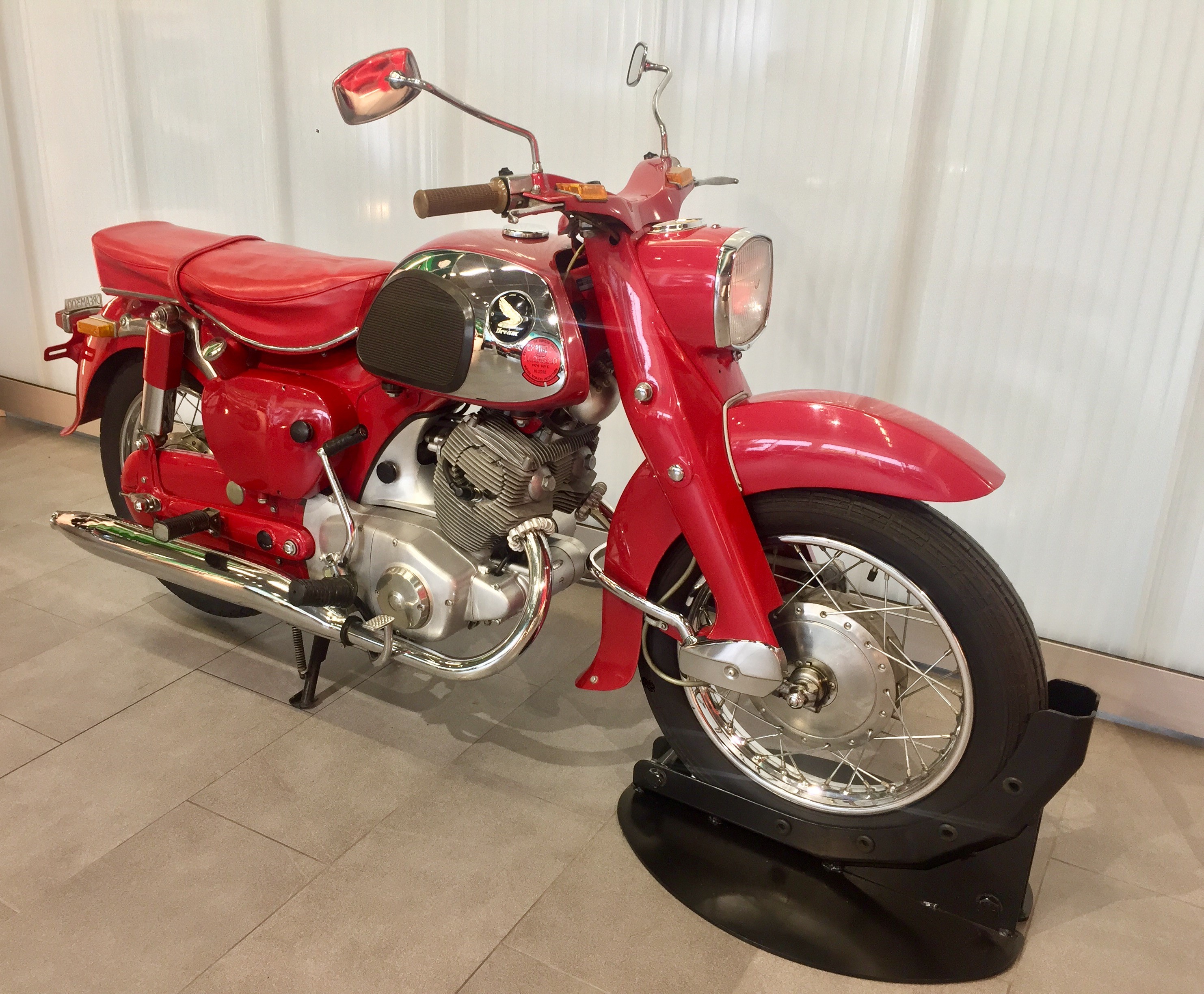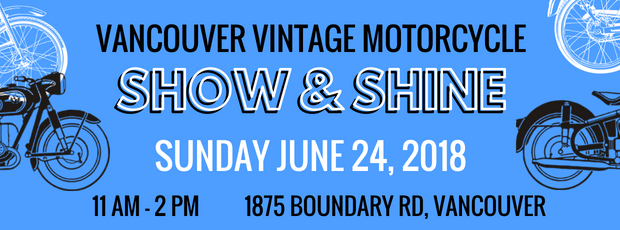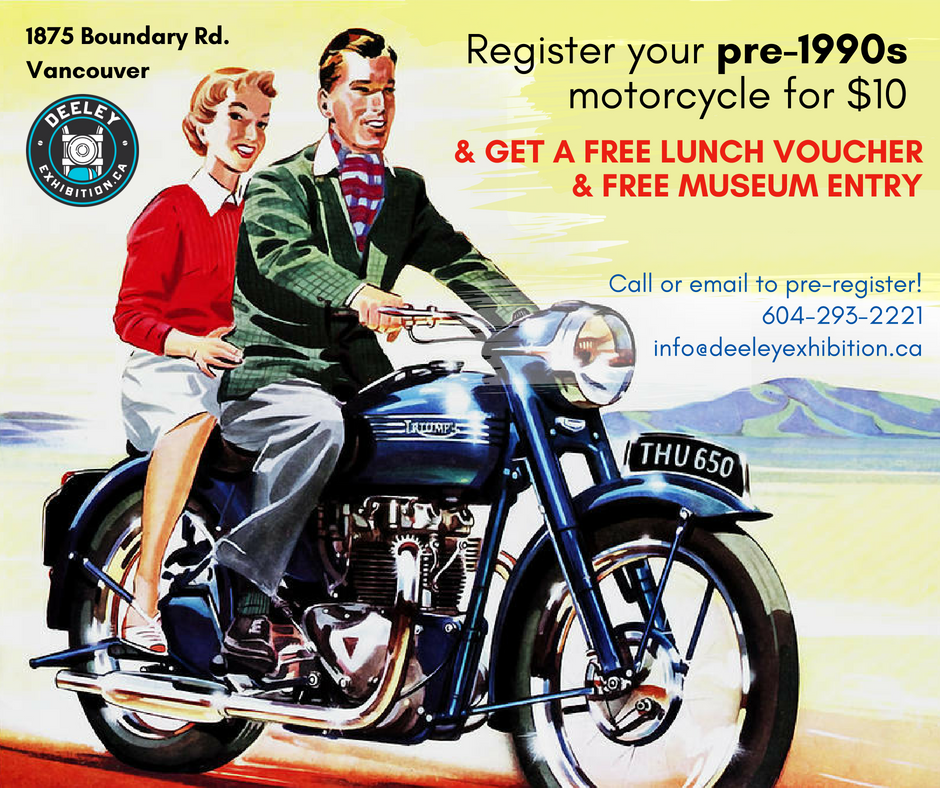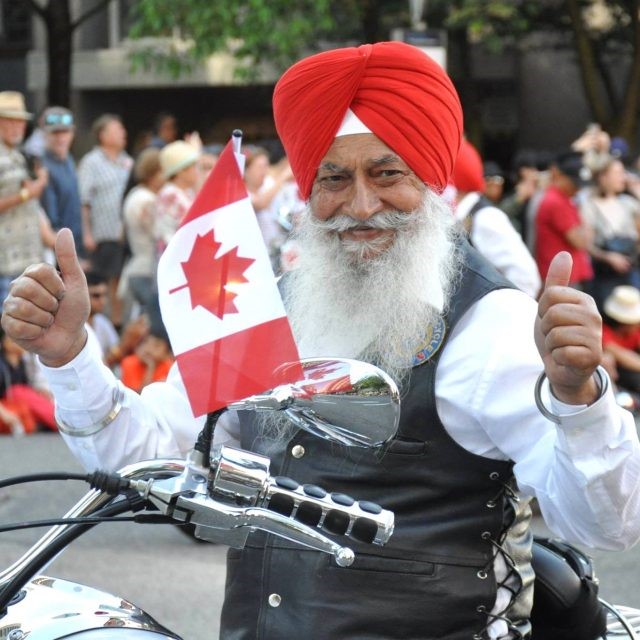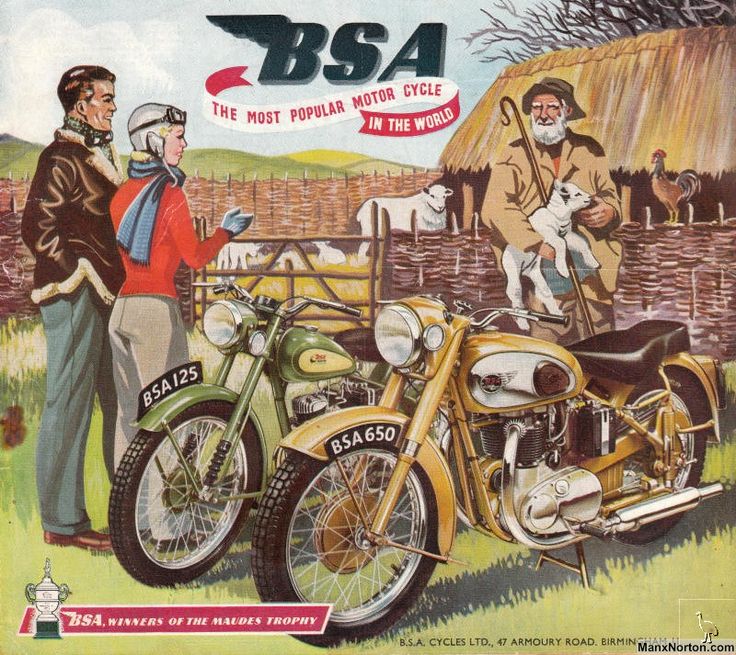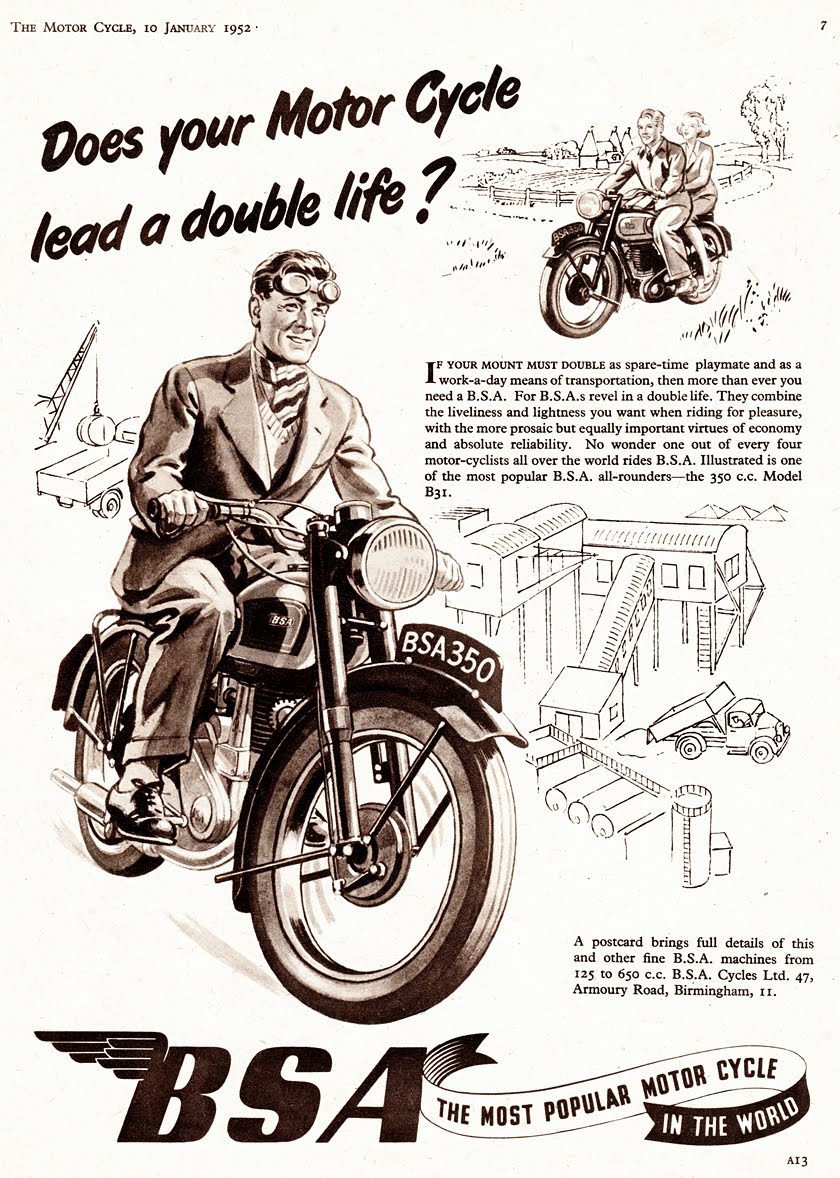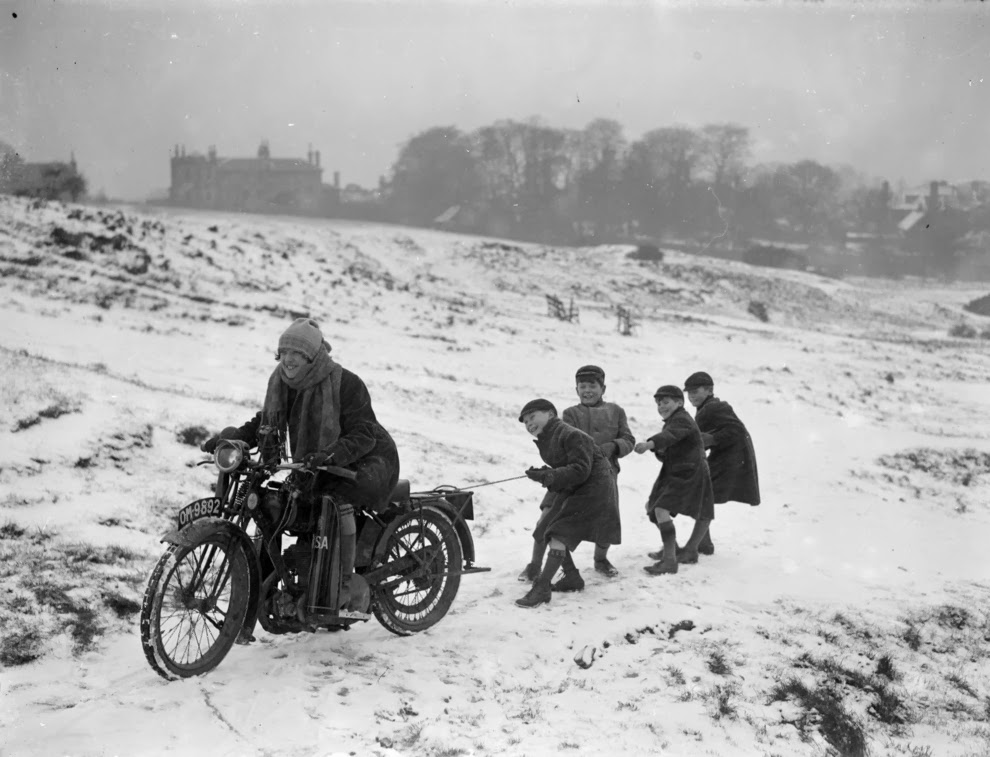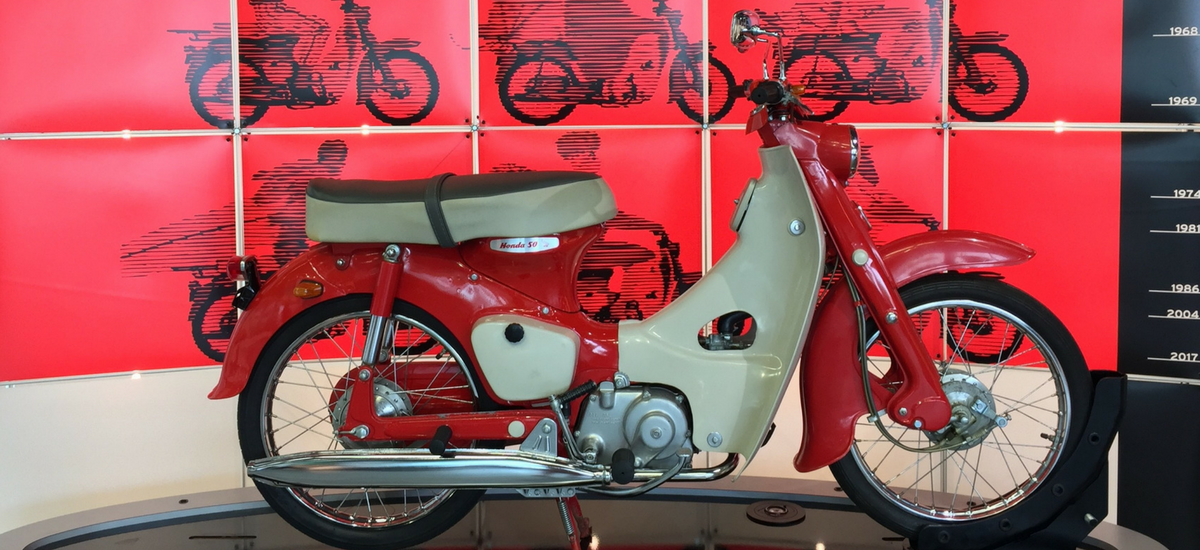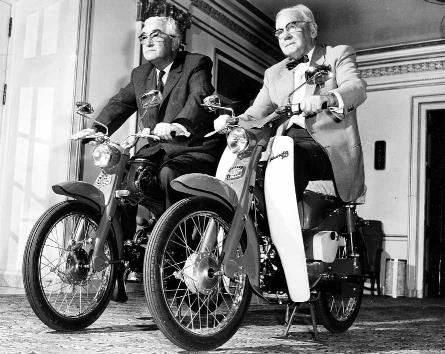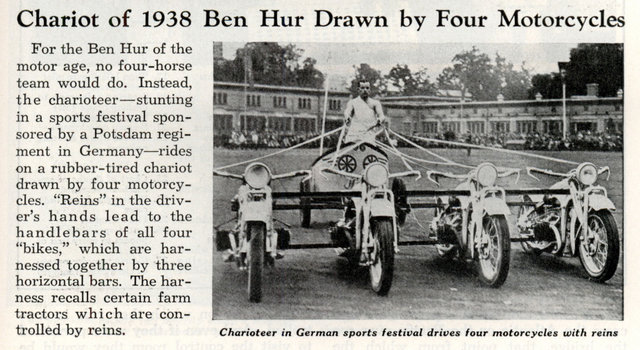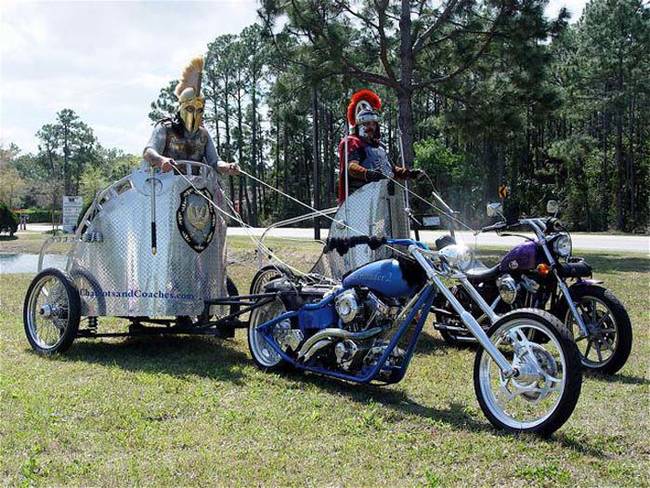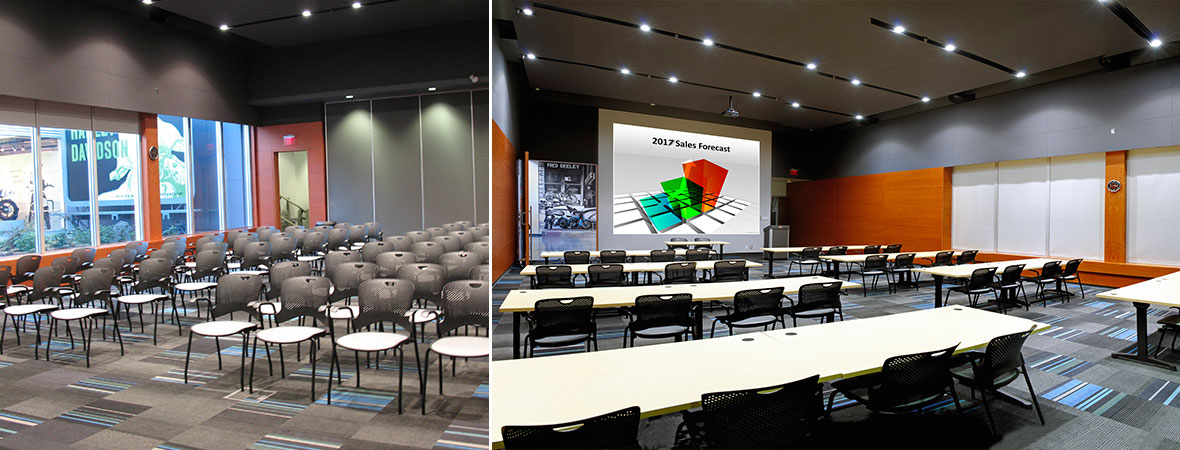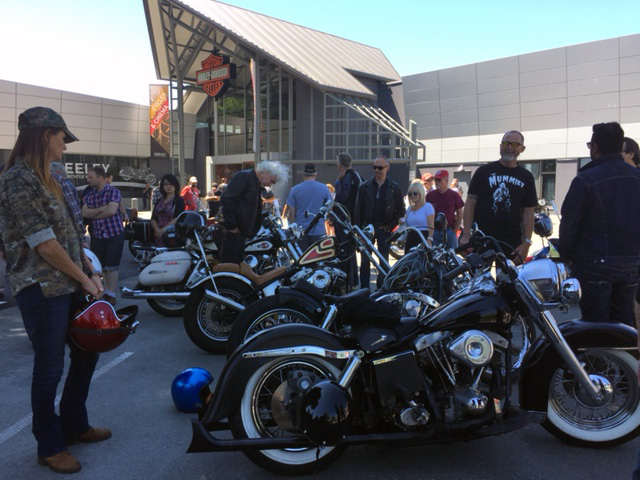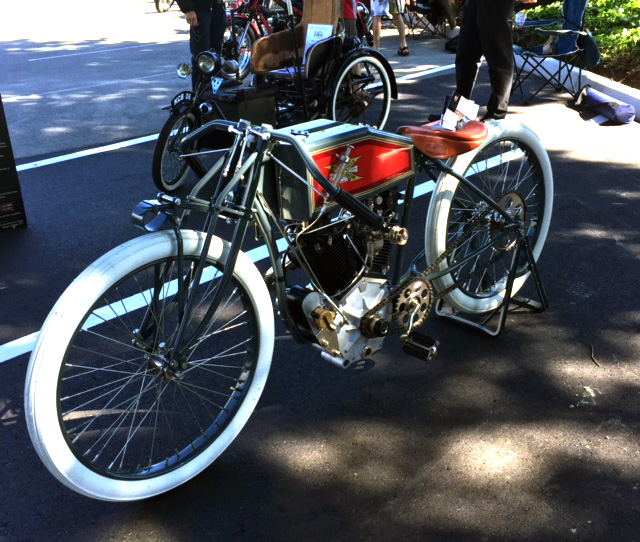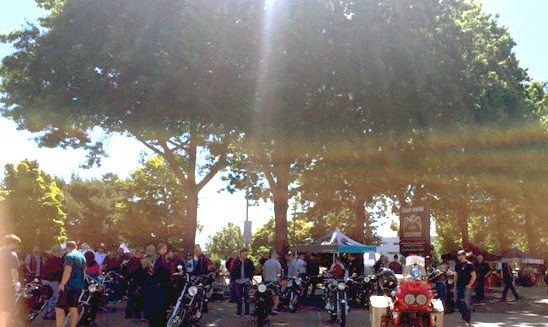Motorcycles have become increasingly more visible on the roadways in the last ten years as more people have discovered how fun and economical riding can be. Motorcycles are much easier to handle on the roads than larger vehicles and they are also easier to transport when you need to relocate a far distance from home and can’t take the time to ride, or when you may need to travel overseas and want to have your bike accompany you.
Just as when you need to find motorcycle services to keep your bike well-maintained, you also need to hire a dependable motorcycle shipping company to move your bike . Whether you need to have it shipped locally, nationwide or even overseas, you need to know every detail of the shipping process to make sure your bike is properly prepared. The first thing you need to do is speak to the agent at the company to find out what they require specifically.
Some companies will require that the bike has the fuel and all other fluids drained while others will allow them to remain. This is something that will be important, especially if you need to ship overseas because regulations for sea shipments will usually demand that fluids are removed for safety purposes. Local and even state-to-state transport will typically allow the owner to keep the gas and other fluids either filled or at least with a quarter to half tank of gas and all other fluids filled appropriately. The reason that some companies require fluids to be drained is due to fluid leaks that are flammable or could cause damage to other bikes that may be shipped on the same carrier.
When you begin your motorcycle transport preparation, keep in mind that one of the most important aspects of fully preparing the bike is going to be choosing a reliable company. Making a decision on this can often be a big challenge as there are so many companies listed that say they provide safe motorcycle shipping when in reality their standards are sub-par. Something to watch out for are companies that offer cheap rates because sometimes, these companies will offer a price that is far below everyone else but once you have scheduled services they will add extra costs to your final bill. It is also very important to choose quality and safety over price when you are entrusting someone else to handle your bike while you are not with it. A cheap price often means low quality and fewer restrictions on safety during transport.
When you need to hire a company you can trust, you should really get no less than three price quotes before you decide on the one to hire. This way, you can hear how professional the agent is, learn about their services and also check into their company history and driving and transport records, licensing and insurance coverage. On average, it will cost anywhere from $200 to $500 to ship a bike locally while pricing can range from $300 to more than $1000 shipping nationwide. Overseas shipping can usually be handled for $2000 to $3500 depending on the country you are shipping to as well as the mode of transport used for the bike. The company you hire will usually take care of getting the bike to the port if necessary for overseas transport and will pick up and deliver with door to door services when you ship within the country.
Once you have hired a company, you then need to make sure that it is ready to be loaded for delivery when the company driver arrives to pick it up. A personal inspection of the bike to check for any signs of damage, even small cosmetic blemishes, paint chips, or small dents should be noted in writing with time and date stamped pictures or video. In order to appropriately check for damage, keep the following in mind:
- The motorcycle should be clean.
- Pictures should be taken from all angles of the bike.
- Make a copy of the notes to give to the driver when he picks the bike up.
Once you have completed a personal inspection of the motorcycle, you need to take some time to get other important issues taken care of to fully prepare it for shipment. If the bike will be crated or shipped overseas, you need to drain the fuel and other fluids. If not, then the fuel and fluids should be fine to remain at the levels you have them unless the company has a specific requirement. To ship a motorcycle locally or via the interstate you need to:
- Make sure the tires are properly inflated
- Make sure the battery is fully charged
- Make sure the brakes are in good working condition
- Remove saddlebags or other loose accessories from the bike.
Unless otherwise stated by the transport company, your motorcycle needs to be in good running condition. It will not be driven except to load and unload into the trailer or onto the flatbed and even then, the driver may just need to push it instead of riding it. Depending on the company and the driver, you need to let them know ahead of time if the motorcycle is inoperable or has anything quirky with starting or even pushing that they will need to know about in order to properly load or unload it for transport.
For international relocation there are a few other things that need to be taken care of for shipping:
- The fuel needs to be drained.
- The battery should be removed.
- All fluids should be drained if shipping inside a crate.
- Any loose accessories or bike parts need to be secured by rope or shipping tape.
- Saddlebags and other accessories should be removed before shipping.
- The tire pressure should be lowered.
- Detailed pictures should be taken of the motorcycle as well as the crate or container if possible.
When the bike arrives at the new destination, be sure to walk through the inspection with the transport driver and complete a careful inspection to check for signs of damage. Most often, as long as the bike has been carefully prepared and is shipped in the hands of a professional, it will be just fine when it arrives at the new location and you will be able to hop on and take it for a ride as quickly as possible.
Guest article written by Jason Mueller.

